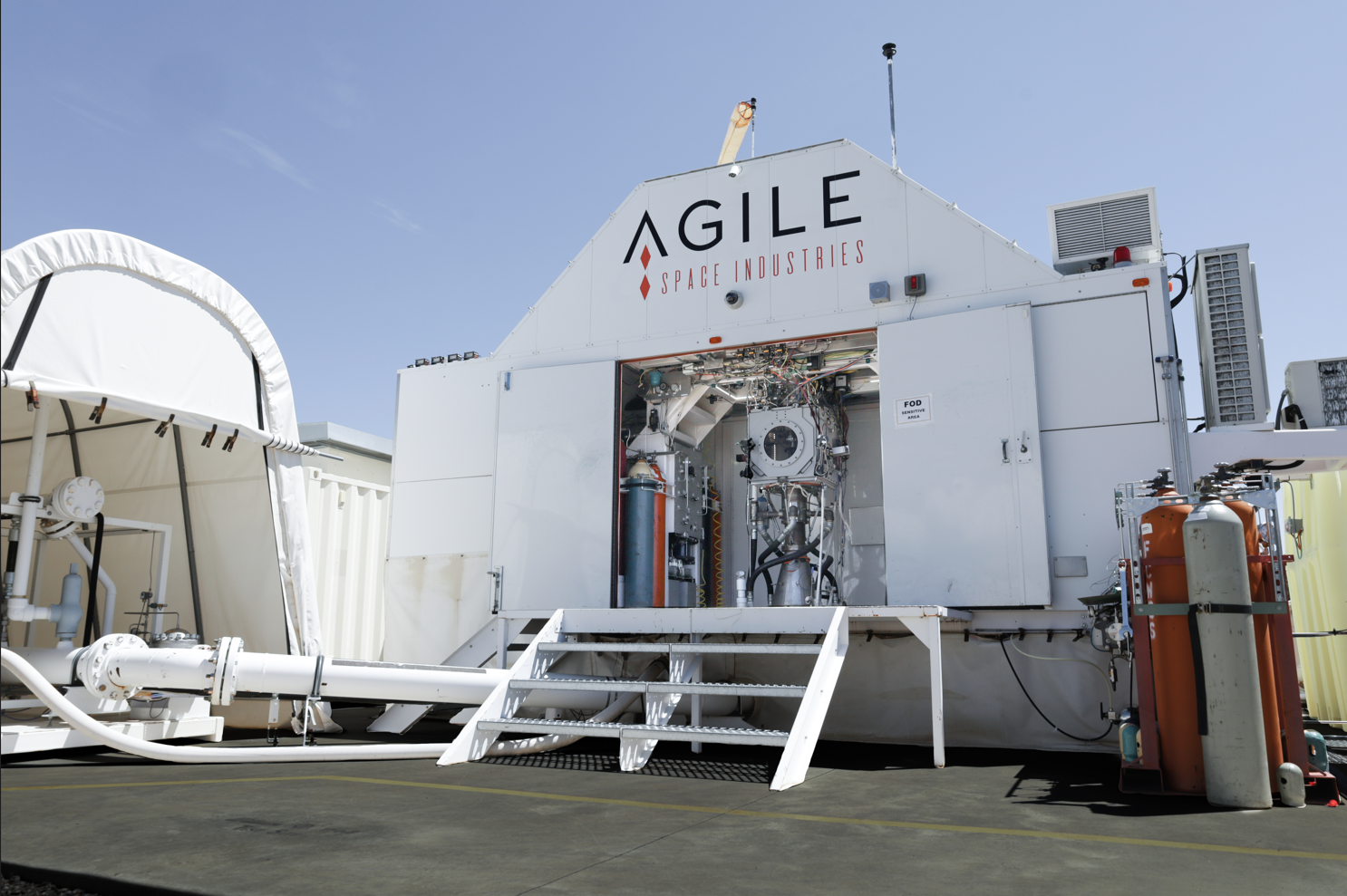This Space Propulsion Company Will Help Take Us Back To The Moon
A preview sheet for two of the thrusters offered by Agile Space Industries.
When you think of our landing on the moon, you probably think of places like Houston and Cape Canaveral, and lots of guys in slacks, short-sleeve dress shirts and ties. And hey, there’s nothing wrong with those places or those guys–they pulled off the seemingly impossible over 50 years ago, landing Americans on the moon not just once, but six times.
But now, as we set our sights on moon landings once again, things look a little different. For example, one of the companies working to get us there, Agile Space Industries, is a long way from Texas and Florida. “We’re located in Durango, Colorado,” said Andrew Thompson, the company’s CEO. “We’re bringing aerospace jobs to the Western Slope of Colorado.”
Agile produces high-performance, mission-optimized chemical-propulsion rocket thrusters. The company has a team of recognized experts, veteran engineers from NASA, SpaceX, Blue Origin and Aerojet Rocketdyne who have been trusted partners of our government’s space and defense departments, and of defense and aerospace contractors as well, for ten years now. Its thrusters have already been selected to help power several robotic lunar landers, including those being produced by Astrobotic Technology, ispace and Masten Space Systems.
Photos of several hot fire tests of Agile Space Industries thrusters.
Thompson is a rare exception to the general pedigree of the Agile team, however. “I’m not a deep technical expert on what we do,” he explained. “I graduated from West Point, and worked in oil and gas on projects valued at half a billion or more. That’s my tie to our business, leading teams and working complex projects in challenging environments.”
Technology has come a long way since the original race to the moon in the 1960s, of course, and that’s a big part of Agile’s business model. Additive manufacturing (AM) and extensive testing are key elements. “Our designs are underpinned by AM,” said Thompson. “We have a synergy between our design expertise, in-house testing, and AM. We’re able to get designs printed and onto the test stand within days. And our specialized test stands allow us to maintain a vacuum and mimic the conditions the thrusters will see in space.”
Those principles go right back to the company’s start. “Our founder, Daudi Barnes, had a background with Aerojet Rocketdyne and founded our propulsion test capability here in Durango way back in 2009,” Thompson said. “That’s where our deep testing heritage comes from. He saw the opportunity for AM in aerospace from the beginning, and in 2018 or 2019, metal alloy printing finally reached the capabilities we need.”
One of the company's specialized test stands
Now Agile is in the thick of making its products a reality. “We’re maturing a number of products now, getting to essentially off-the-shelf status,” said Thompson. “The fourth quarter of this year, for example, we’ll have our twenty-five-pound-thrust thruster qualified, which is being delivered as the attitude control thruster for multiple lunar landers. Depending on the product, it’s a 12- to 24-month development process typically for a clean sheet design. We take a very hardware-centric approach, and we can do many iterations of testing in just months.”
The company is so heavily invested in AM technology, it has established a subsidiary focused on just that, formed in 2021 when the company purchased Pittsburgh-based AM company Tronix3D. “It’s called Agile Additive,” Thompson said. “We have a lot of applications across different industries, but we’re heavily focused on aerospace. AM offers some significant benefits both in product design and with manufacturing efficiencies. First, you can design internal channels that you can’t make with any other technology. You can make parts with a lower mass, which are more efficient with their use of materials and offer higher performance. And you can make things cheaper and faster.”
Agile is also looking at other lines of business. “In the future, we’ll expand to work on systems-level componentry,” explained Thompson. “Our customers are looking for a propulsion partner who can help with other components in addition to the thrusters, such as tanks.”
Team members monitor hot test fires from the test firing control room.
He feels the company is well-positioned for what’s coming. “There are about 5,000 to 6,000 satellites in orbit now,” he said. “We expect that number to grow exponentially in the next five to ten years. There will be significant demand in propulsion for those new satellites, as well as other applications such as the lunar missions and in-space servicing and refueling. Launch providers like SpaceX have made getting to space more accessible, and that will drive significant growth. That’s the space we’re stepping into, providing new innovative solutions.”
Thompson believes Agile’s deep knowledge of AM is its biggest advantage. “The key takeaway is that AM really opens up a new design space,” he said. “Our engineers have optimized our design process around use of AM. Being able to leverage that technology allowed us to open up new designs that weren’t previously possible, with new alloys and new features–we’re just scratching the surface of what can be achieved. Many alloys in aerospace were selected because they were a fit for legacy manufacturing processes. AM allows completely new alloys that could provide improved performance characteristics.”
The Agile team, though, is his ultimate advantage. “This team is an incredible group of people,” he said. “I’ve always liked to hire people so that when we’re in a meeting, I’m the dumbest guy in the room. I’ve succeeded so far.”





